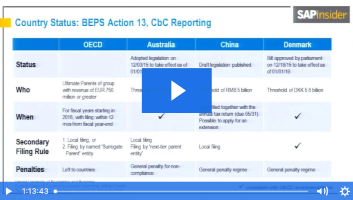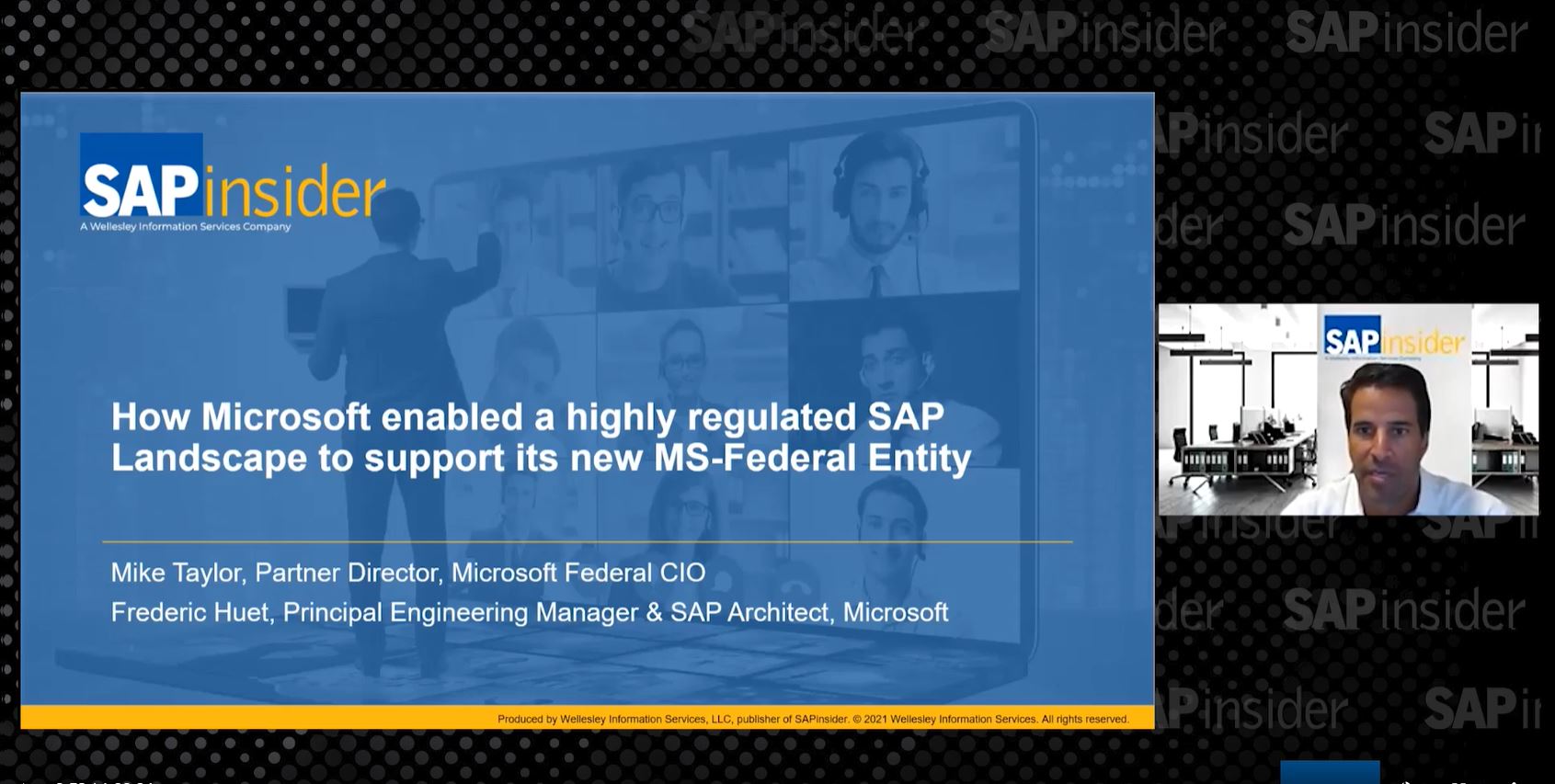Is Garnishment Compliance Weighing You Down?
How to Gain Control and Reduce Risks
Managing employee wage garnishment tasks often elicits the same reaction as a dental checkup: It is a necessary, repeating event that, if not managed properly, can have steep financial consequences. Complying with garnishment orders is not easy. When setting up the payroll system to withhold the required monies, payroll professionals must account for factors such as exempt wages, disposable income, and processing priority — and that is just the beginning. To ensure compliance, organizations must fully understand the remittance process, which can require a significant amount of communication with various agencies to comply with all the imposed regulations.
Remittance to Authorities and Agencies
Tracking where, how, and to whom payments and paperwork need to be delivered to satisfy garnishment originators can be daunting for many businesses, and this task is not optional. Mishandling garnishments — such as not filing on time, filing incorrect information, or failing to adhere to specific payment requirements — can severely impact fiscal accounting by incurring significant penalties.
Becoming familiar with wage garnishment laws and fostering relationships with agencies, such as the federal Office of Child Support Enforcement, can provide more reliable in-house procedures to reduce confusion, errors, and non-compliance assessments. However, staying up to date on the varying types of garnishment agencies and regulations, as well as differing laws related to net wage protection, can be time consuming and overwhelming — just ask the American Payroll Association as it works with the Uniform Law Commission to structure the proposed Uniform Wage Garnishment Act to more closely align current state laws that have significantly different, and sometimes outdated, requirements.
Taking on wage garnishment remittance is no small effort and sometimes organizations require additional support. SAP partners such as BSI can provide the guidance and industry experience needed to remain compliant and avoid costly fines.
Two Tools in One
BSI helps SAP customers streamline their garnishment remittance processes with its cloud-based ComplianceFactory solution suite, which manages both payroll tax filing and wage garnishment remittances. ComplianceFactory provides organizations with a simplified, organized single view of withheld garnishment monies in a self-service environment, built on authority-regulated rules, payment requirements, and reporting, similar to the methodologies used for payroll tax filing.
Underlying the ComplianceFactory solution suite is BSI’s strong relationships with many garnishment collection agencies and authorities, and the BSI research team’s extensive knowledge of the unique rules, regulations, and requirements needed to satisfy employee obligations. This expertise, combined with the comprehensive functionality of ComplianceFactory, helps to relieve stress and support organizations throughout the wage garnishment cycle.
You Are Not Alone
If you find that you are struggling with wage garnishment remittances, one thing is certain — you are not alone. Many payroll professionals have difficulty managing the process and staying informed on changing garnishment requirements. SAP partners such as BSI can help alleviate the strain on organizations by providing the support needed to reduce handling risks, improve employee relationships, and maintain control of your wage garnishment processes. To learn more, visit www.bsi.com.





